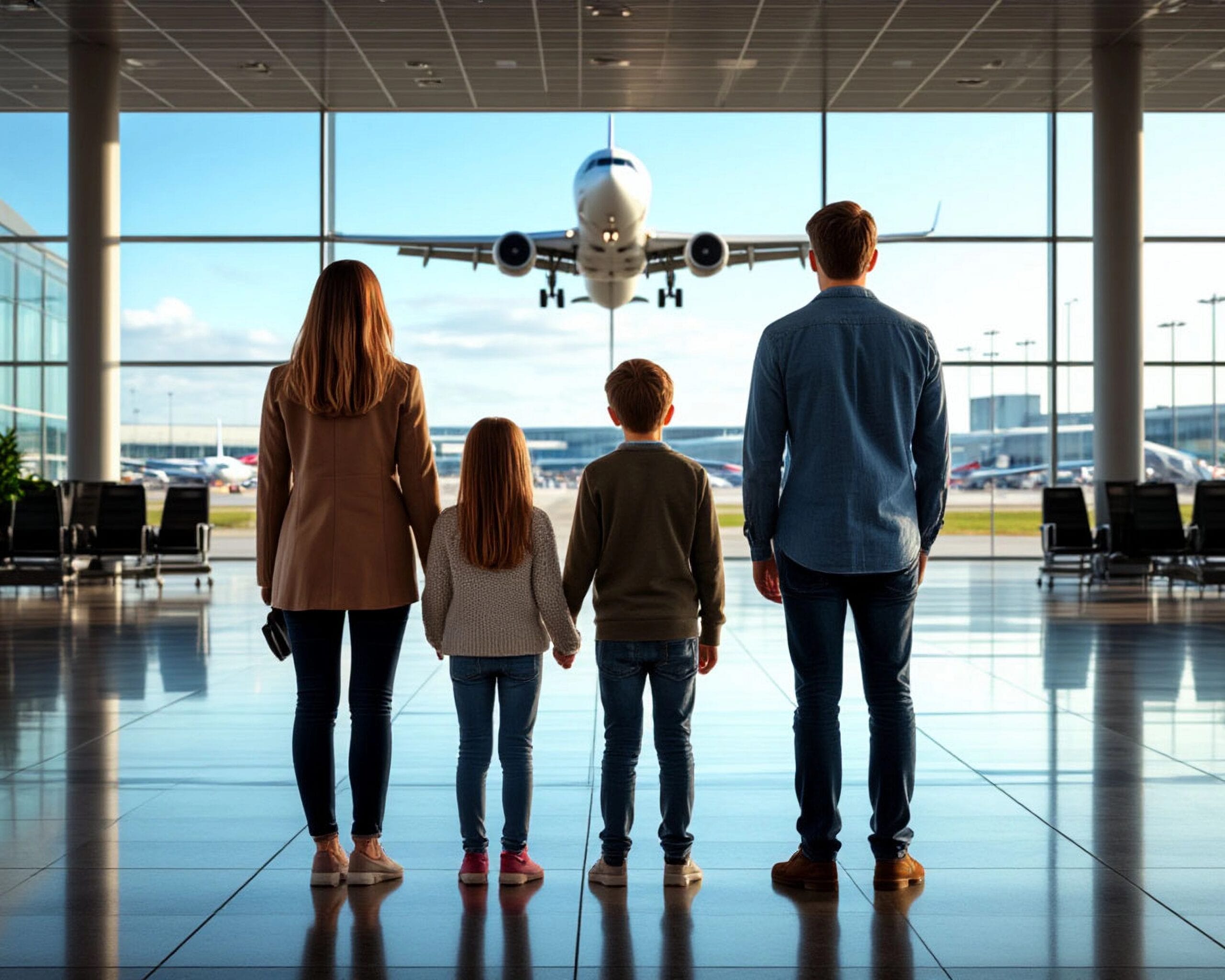There is a statement that, according to statistics, passengers on planes that crash are much more likely to be late or not board for other reasons. We checked where this belief came from.
Entertainment users write about this mystical coincidence. portals And services questions and answers, lifestyle publications, sites coaches, news aggregators and the media, including “Vesti.ru" And "Komsomolskaya Pravda"
The authors of many of these publications cite sociologist James Staunton, who allegedly studied train and plane crashes and found that the “doomed” trains and planes were only 61% full, while the average figure was 76%. The scientist allegedly published his research in 1958 in the Journal of Sociology.
Although such a magazine exists (published quarterly by the Australian Sociological Association), release it started only in 1965. And a scientist named James Staunton (this is how the surname Staunton is pronounced correctly in Russian) was studying not sociology at all, but chemistry.
A search on Google Books helps to find not only the works of this chemist, but also a mention of a sociologist with the same last name. True, this is not a real person - he was invented by writer Stephen King. In his novel "Confrontation" (1978) states (translation by Victor Weber):
“Have you ever read the study by James D.L. Staunton, dedicated to railway and aircraft accidents? In 1958, he published an article in a sociological journal, and the tabloids constantly quote it. <…> Staunton took statistics on 50 aircraft accidents that occurred after 1925, and on more than 200 railway accidents that occurred after 1900. I entered this data into the computer. He was interested in three indicators: the total number of passengers, the number of fatalities and the capacity of the vehicle. <…> He entered another set of data into the computer - this time on planes and trains that flew or traveled the same routes, but reached their destination without incident. <…> In cases where disasters occurred, the occupancy of vehicles was 61%. In cases where there were no incidents - 76%. A difference of 15% is quite significant, and cannot be attributed to a statistical error. <…> Stoughton’s conclusion: people knew which trains and planes would crash... subconsciously they predicted the future.”
Next, one of the characters in the novel says that about a week after reading Staunton’s article, he had the chance to double-check the sociologist’s conclusions - a plane flying from Denver crashed at Logan Airport near Boston. The character found out from the airline employees that 16 passengers did not show up for that flight, although usually there were only three. It is noteworthy that some Media retell this episode of “The Stand” as a true story - in their presentation, King himself called the airline. However, there has never been a plane crash at Logan Airport coming from Denver.
In 2011, Komsomolskaya Pravda not only presented the research of the fictional sociologist Staunton as real and talked about King’s find, but presented more recent statistics with reference to Russian scientists. “Over the past 20 years, 18% more passengers were rejected from flights that ended in disasters than those that were safe,” Valery Isakov, a candidate of mechanical and mathematical sciences, told the tabloid. “Verified” did not find either this study or a scientist with that name in scientific citation databases (however, the newspaper itself presented him in the article as the leader of a small group of researchers of anomalous phenomena).
Research could not be found on how many passengers are late or cancel their tickets on flights that crash. This is understandable, because collecting data for correct calculations is extremely difficult. Firstly, many airlines openly or covertly practice overbooking — selling more tickets than seats on the plane. In this case, any fully booked flight will have those left behind, and if the plane crashes, they will be the lucky ones. Secondly, overbooking exists because, according to internal airline industry statistics, on average 10% of passengers do not show up for their flight - they are late, get sick, change plans, etc. In the event of a disaster, these people will also join the ranks of the lucky ones. Thirdly, airlines modify aircraft of the same model to suit their needs (the number of seats in one class can be increased at the expense of another); some seats can be removed to transport a passenger with limited mobility or cargo, or even simply broken. Finally, data on how many tickets were sold for a particular flight is not publicly available; usually only the deaths of passengers and crew members are reported.
As an example, consider the most large by the number of victims of an aircraft accident in history. In 1977, a Boeing 747-121 and a Boeing 747-2068 collided at Los Rodeos Airport in the Canary Islands, killing 583 people. Although the aircraft models are known, data on the exact number of seats on them could not be found. There is also no information about how many tickets were sold for each flight, how many passengers did not show up or canceled their tickets. The only one available information — a passenger got off one of the flights during a transfer, deciding not to fly with her friends, but to stay with her boyfriend. There is no other information about the largest disaster in human history that would allow us to analyze whether any of the passengers could have felt something and avoided death.
Thus, the “statistic” that people are more likely to not board a plane if it is their last flight comes from fiction, not scientific publications. Moreover, it is very difficult, if not impossible, to conduct such a study correctly.
Cover image: Masterpiece AI
If you find a spelling or grammatical error, please let us know by highlighting the error text and clicking Ctrl+Enter.






